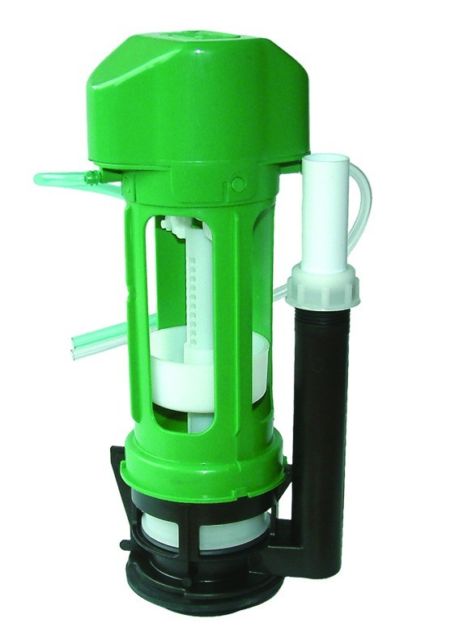You usually notice things right away when something is gone wrong with your toilet, and it isn’t pleasant. Fortunately, even modern low-flow toilets are relatively simple devices. Many common problems can be traced back to the flush valve, which is the portion of the toilet’s inner workings that includes the overflow pipe, flush valve seat, and flapper.

The flush valve, overflow tube, fill valve, and some other toilet cistern parts have been immersed in around 1.5 to 2 gallons of water inside your toilet tank for years. As a result, the metal parts will get rusted, the rubber parts will deteriorate, and damage may occur to the plastic parts. All such things wreak havoc on your toilet and sometimes upsurge your water bill. Instead of removing the entire toilet, you can replace the toilet cistern spares to make it run like new.
A leaking fill valve allows too much water to enter the tank. Excess water eventually pours down the overflow tube, causing a costly problem. Because there are few repair options for leaking fill valves, replacement is usually the best choice. Fill valves are available in three different styles, all of which require the same installation. A ball cock mechanism with a metal arm and a large float is common in older toilets. A smaller, cup-shaped float moves up and down the fill tube in an alternative fixture. The other type is pressure-sensitive, almost flat, and installed near the tank’s bottom.

The float cup valve in a flushing toilet is designed to maintain the water level in the bathroom by sliding up and down on the ballcock assembly’s shaft. If it is not positioned correctly or gets stuck, then the water in the toilet will run constantly. Adjusting the float cup valve can fix most problems, but replacement is necessary if there is a leak in the float cup valve.
The float cup valve is part of the ballcock assembly in a toilet. It is intended to keep the water level in the bathroom constant by sliding up and down on the shaft of the ballcock assembly. If it is not positioned correctly or becomes stuck, the water in the toilet will run continuously, or the tank will not fill as it should. Most problems can be resolved by adjusting the float cup valve, but replacement is required if there is a leak in the float cup valve.

The majority of toilet models use a plastic fill valve assembly with a float cup. These units do not rust like older models’ metal ballcock valves, but the rubber seal in it can wear out. Furthermore, water contamination can become lodged between the seal and the valve. Either of these conditions causes the valve to malfunction and make the toilet running continuously, or sometimes the valve makes noise as the tank fills. Replacing or repairing the concerned toilet cistern spares can be a way to get things fixed.

The toilet cistern spares can be purchased separately or as a set available in repair kits. Selecting a leading toilet cistern supplier is the best way to get a quality and genuine fill valve, and it is entirely up to you to decide what you want to choose. Fortunately, such replacement parts are available separately at the leading toilet part suppliers like My Toilet Spares. They provide the best quality toilet cistern spares kit that includes everything necessary to replace a toilet tank flush unit as soon as possible. It will give you the best value for your money, and you will get rid of the running water issue.
No comments:
Post a Comment